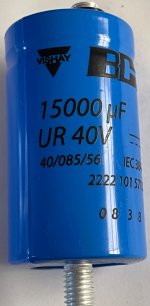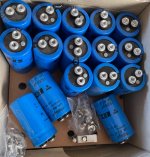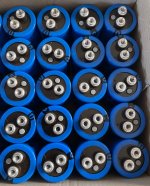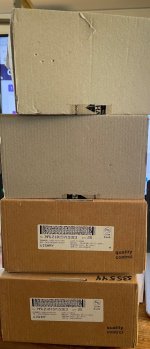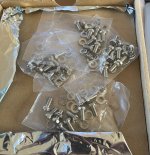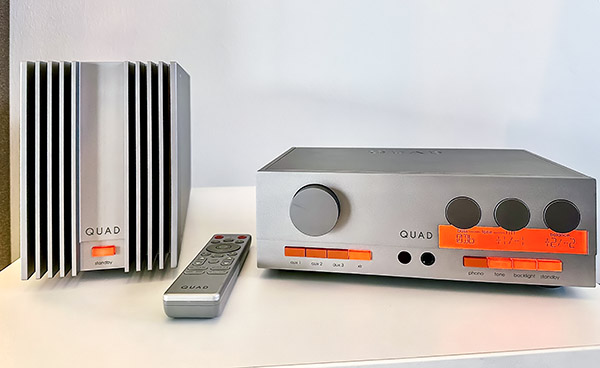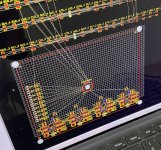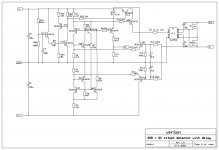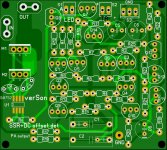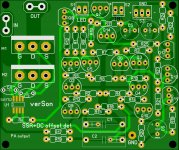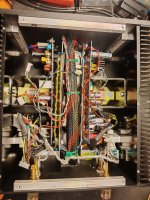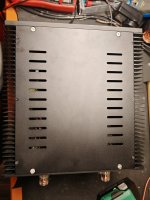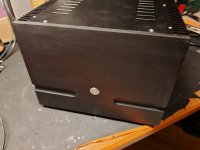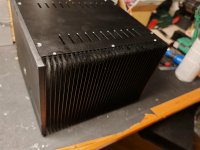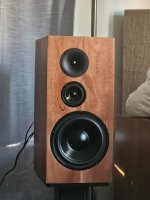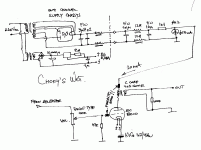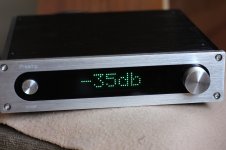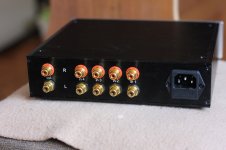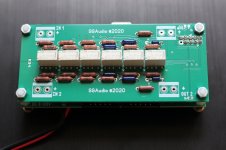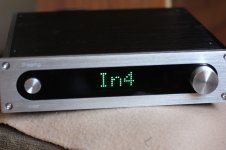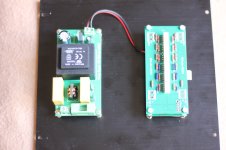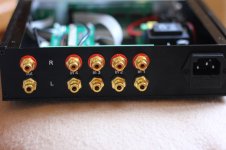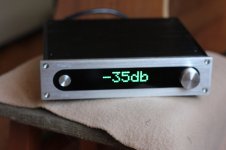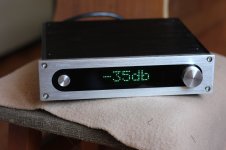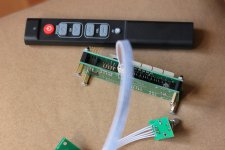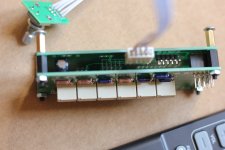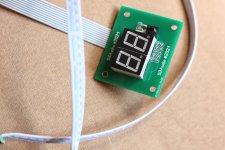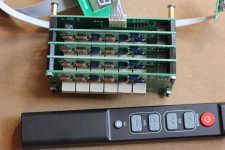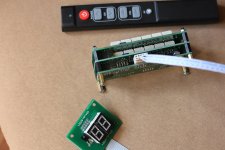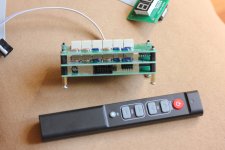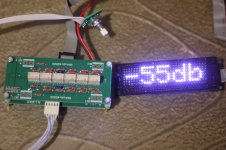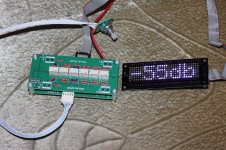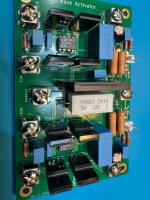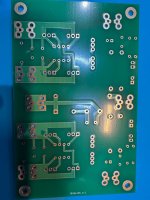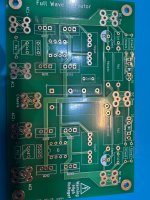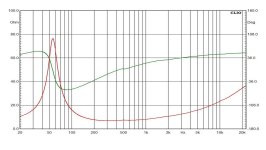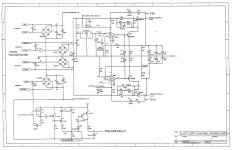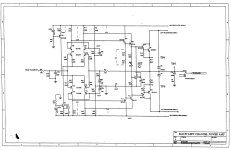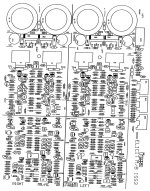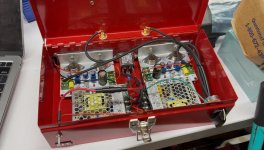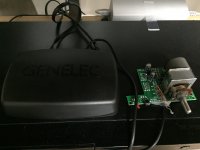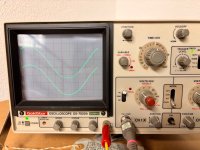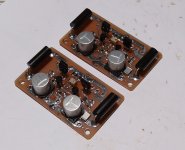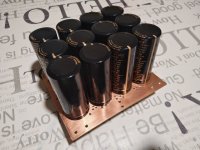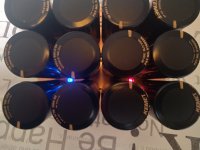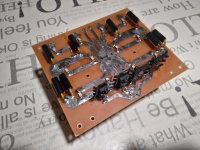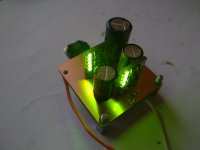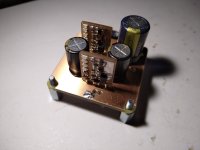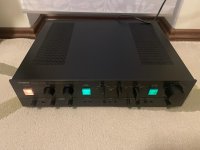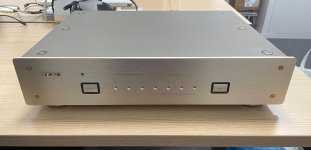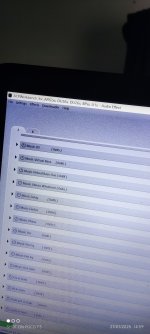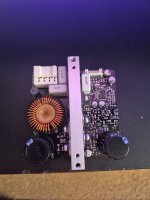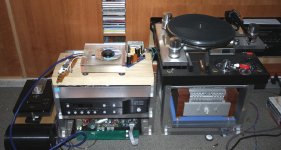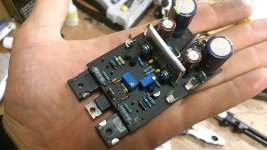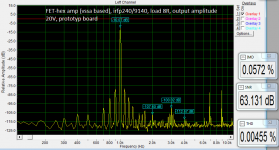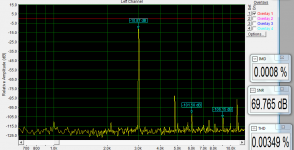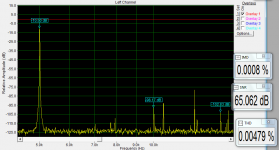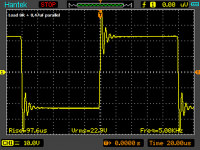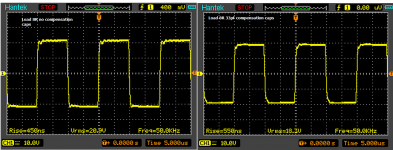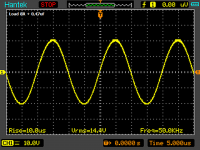I'm Chilort
- By chilort
- Introductions
- 1 Replies
I guess I never posted an intro. Oops. So much for following instructions.
I've been around other forums for close to two decades. I tend to come and go as my interests come and go. I was an electrical engineer in my first career (changed to something else after 4 years in industry watching the leadership in the companies I worked for flail and fail all over the place).
I've done quite a bit of DIY. I've built my own chip amp with my older daughter to see if she has the knack. I've built Econowaves, several lilmike horns subs, flat packs from DIYSG, and (for my first ever speaker build) a pair of desktop speakers from scratch (packed away these days and should probably be burned in a fire).
Looking at another career change after over 20 years in the current one and it'll likely be something in audio. Time will tell.
I've been around other forums for close to two decades. I tend to come and go as my interests come and go. I was an electrical engineer in my first career (changed to something else after 4 years in industry watching the leadership in the companies I worked for flail and fail all over the place).
I've done quite a bit of DIY. I've built my own chip amp with my older daughter to see if she has the knack. I've built Econowaves, several lilmike horns subs, flat packs from DIYSG, and (for my first ever speaker build) a pair of desktop speakers from scratch (packed away these days and should probably be burned in a fire).
Looking at another career change after over 20 years in the current one and it'll likely be something in audio. Time will tell.
